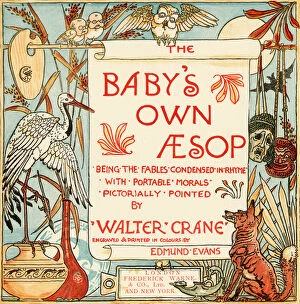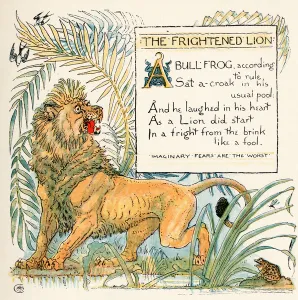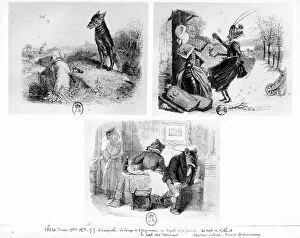Moral Tale Collection (page 4)
In the captivating world of moral tales depicted through engravings, woodcuts, and oil paintings by renowned artist William Hogarth, a powerful narrative unfolds
All Professionally Made to Order for Quick Shipping
In the captivating world of moral tales depicted through engravings, woodcuts, and oil paintings by renowned artist William Hogarth, a powerful narrative unfolds. These thought-provoking artworks delve into the depths of human behavior, exposing the consequences of vice and immorality. One such tale is "The Idle Prentice Betrayed by his Whore and Taken in a Night Cellar with his Accomplice. " Through this engraving from 1747, we witness the downfall of an idle apprentice who falls prey to temptation. It serves as a stark reminder that idleness can lead one astray if not accompanied by diligence and purpose. Another striking piece is "The Rape of Lucrecia, " depicted in a haunting woodcut. This tragic story highlights the devastating consequences of unchecked lust and cruelty. It stands as a cautionary tale against violating others' dignity for personal gain or pleasure. Moving forward to 1751, we encounter "Cruelty in Perfection, " an engraving that portrays the ultimate manifestation of heartlessness. This chilling image forces us to confront our capacity for cruelty when empathy is absent from our actions. Hogarth's masterful series titled "Industry and Idleness" further explores these themes. In plate XI, aptly named "The Idle Prentice Executed at Tyburn, " we witness justice being served upon those who choose indolence over hard work. The message conveyed here is clear: laziness leads only to ruin. Contrasting this fate is seen in another engraving from 1751 called "The Reward of Cruelty. " As its title suggests, it depicts how acts born out of malice ultimately result in their own punishment—a sobering reminder that kindness should always prevail over cruelty. Through these various works—whether etchings or hand-colored engravings—we are transported back centuries ago but find their messages still resonate today.













